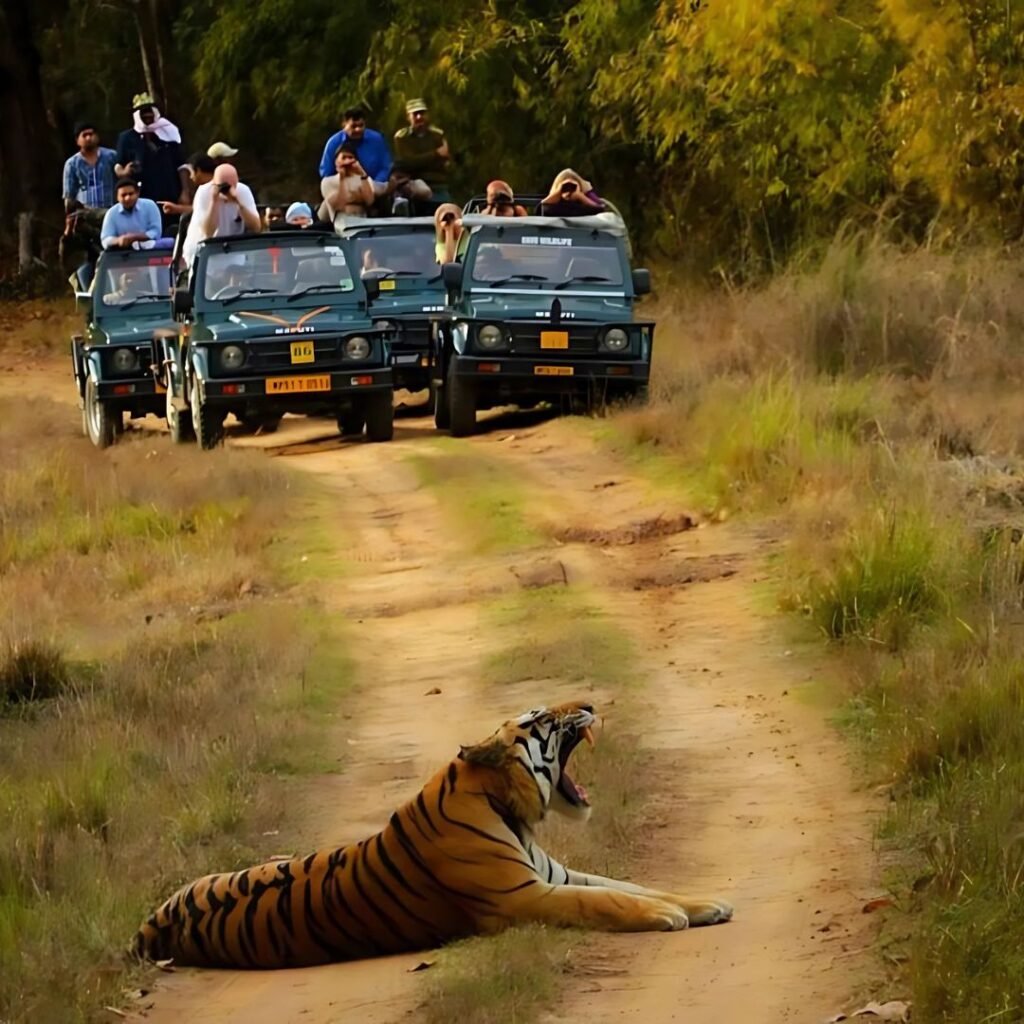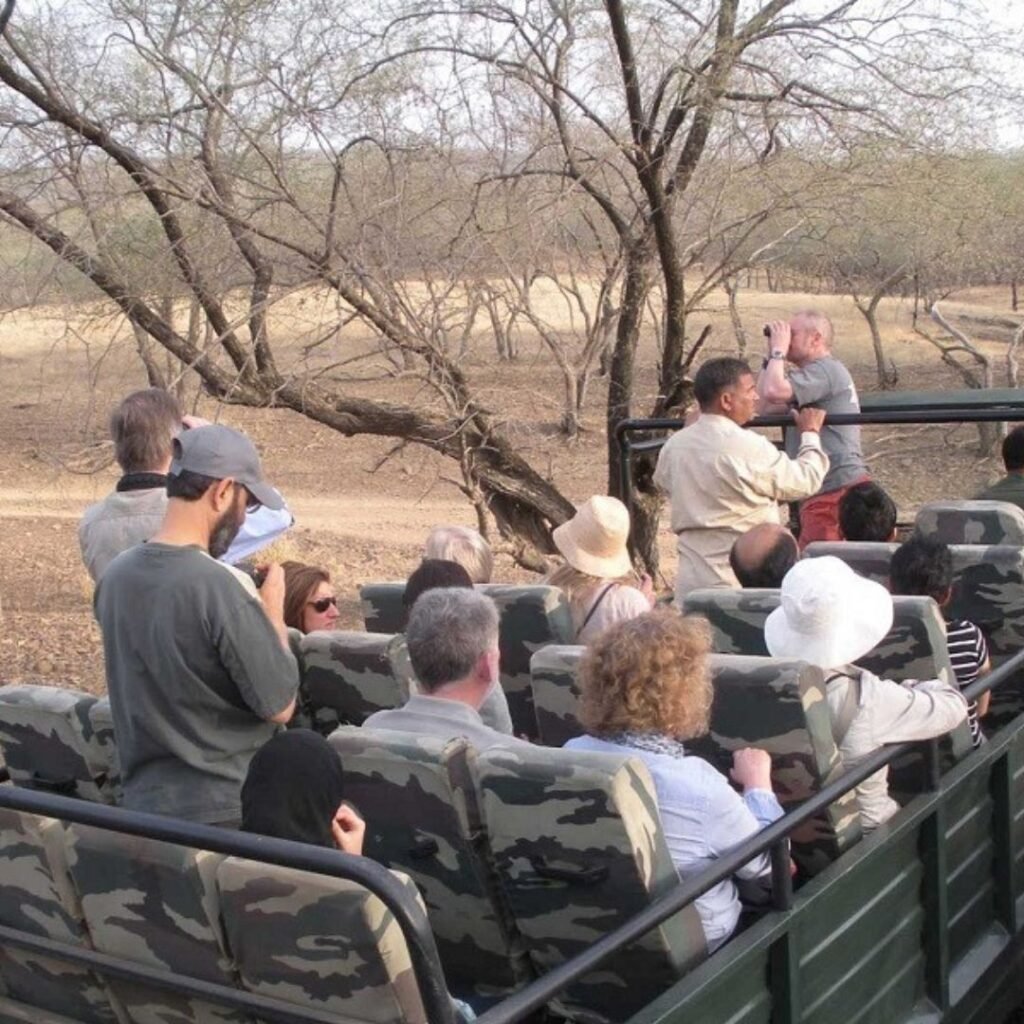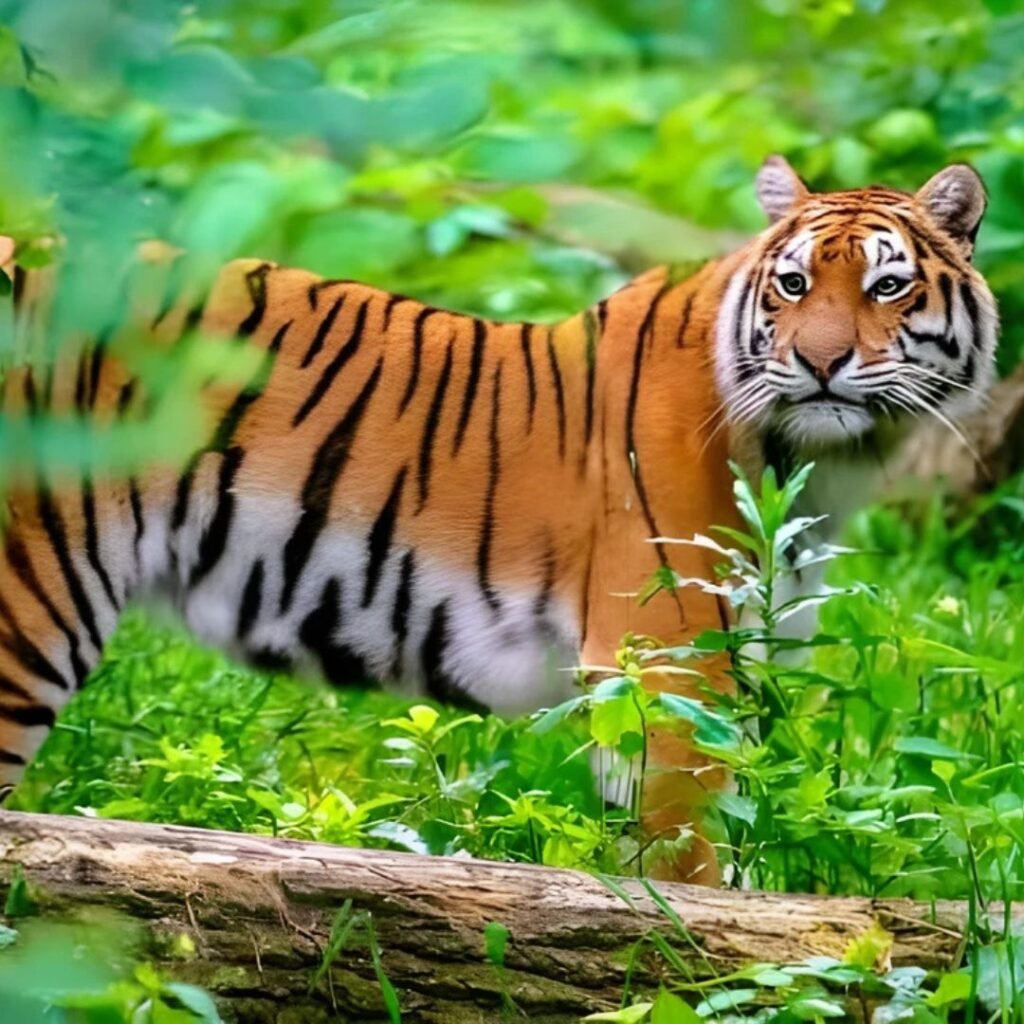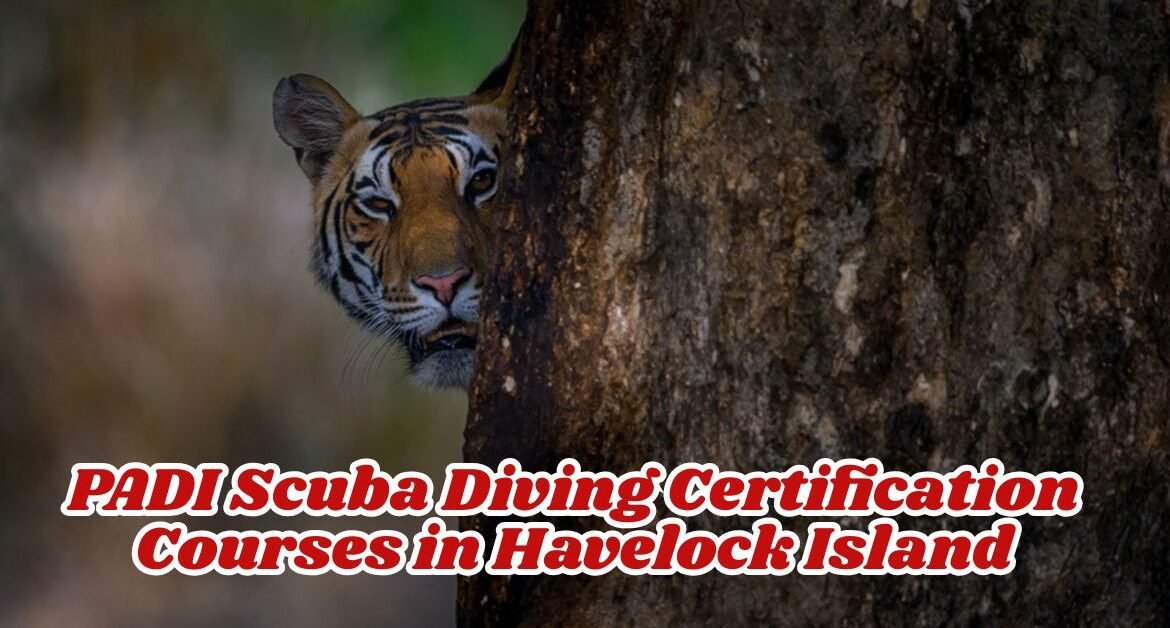Embark on unforgettable Wildlife Photography Safaris in Kanha with Expert Guides who bring the jungle alive through their knowledge and insights. Kanha, one of India’s premier tiger reserves, is a paradise for photographers with its rare barasingha, majestic tigers, leopards, wild dogs, and over 300 bird species. With professional naturalists by your side, you’ll learn how to track animals, master camera techniques, and frame breathtaking shots of wildlife and landscapes. Whether you are a beginner or a seasoned photographer, private jeep safaris and exclusive photography tours in Kanha offer unmatched flexibility, extended hours, and specialized support to elevate your photography experience.
- Introduction: Why Kanha is a Photographer’s Paradise
- Why Choose Expert Guides for Wildlife Photography Safaris?
- The Best Time for Wildlife Photography in Kanha
- Safari Options for Photographers in Kanha
- Photography Tips from Experts
- A Typical Day on a Wildlife Photography Safari in Kanha
- Table: Comparison of Safari Packages for Wildlife Photographers in Kanha
- Accommodation Options for Wildlife Photographers
- Conservation and Responsible Photography
- Local Experiences to Complement Your Photography Safari
- Travel Tips for a Smooth Safari Experience
- Conclusion
- Also Explore –
- FAQs
Introduction: Why Kanha is a Photographer’s Paradise
Kanha National Park, nestled in the heart of Madhya Pradesh, is not just a sanctuary for wildlife but a living canvas for photographers. Spanning over 940 sq. km, the park is famous for its healthy population of tigers, leopards, wild dogs, and the rare barasingha (hardground swamp deer). Dense sal forests, grassy meadows, and meandering streams create the perfect backdrop for stunning wildlife photography.
For photography enthusiasts, Kanha offers:
- Dramatic tiger sightings in natural settings.
- Rare species like barasingha, only found in this region.
- A rich birdlife, with over 300 species.
- Unique landscapes that shift with the seasons.
But what truly elevates the experience is going on safaris with expert guides who understand animal behavior, light conditions, and the best photography angles.
Why Choose Expert Guides for Wildlife Photography Safaris?
- Knowledge of Animal Behavior
Guides know the jungle trails, animal territories, and likely spotting zones. Their insights can help you anticipate a tiger crossing or a bird in flight. - Photography Support
Many guides are trained in photography and can suggest the right settings, shooting modes, or positions for the perfect shot. - Ethical Practices
Expert guides ensure photography does not disturb wildlife. They promote safe distances and eco-friendly behavior. - Customized Routes
Unlike regular tourists, photography tours with expert guides are often designed to maximize time in specific zones where wildlife activity is higher. - Local Insights
Guides bring alive the stories of Kanha — from tribal legends to conservation efforts — enriching your overall experience.
The Best Time for Wildlife Photography in Kanha
Kanha remains open for safaris from October to June, and each season offers unique photographic opportunities:
Safari Options for Photographers in Kanha
1. Jeep Safaris

The most popular option, jeeps carry up to six people. For photographers, private jeep safaris are ideal as you can choose your pace, stop for longer, and avoid disturbances. Unlike shared rides, a private jeep allows you to position yourself better for the perfect angle, ensuring clear shots without crowd interference. Many operators also equip these jeeps with photography-friendly features like beanbags for camera stability and open sides for wider views. With fewer distractions, you can focus entirely on your subject — whether it’s a tiger on the move, a barasingha in the meadows, or a rare bird in flight. Private jeep safaris in Kanha thus offer unmatched flexibility and exclusivity for wildlife photographers.
2. Canter Safaris

Shared by larger groups, canters are more economical but less flexible for photography. Since these vehicles carry 12–20 people, it can be difficult to secure the perfect angle or wait patiently for animal behavior shots. However, they remain a good option for budget travelers who want to experience a Kanha safari without high costs. For photographers, canters are best suited for landscape captures or general wildlife sightings rather than detailed close-ups of tigers or rare birds.
3. Exclusive Photography Tours – Wildlife Photography Safaris in Kanha with Expert Guides

Some operators offer specialized photography safaris in Kanha with expert naturalists who understand animal behavior and lighting conditions. These tours often include vehicle modifications such as beanbags, side mounts, and open seating arrangements designed for photographers. Extended safari hours give you more time in prime zones, increasing your chances of capturing tigers, leopards, and rare bird species. Tailored exclusively for wildlife photographers, these tours combine technical guidance, comfort, and flexibility to help you return with professional-quality shots.
Photography Tips from Experts
- Golden Hours Matter – Shoot early mornings and late afternoons for soft, natural light.
- Know Your Gear – Carry telephoto lenses (200–600mm), a wide-angle for landscapes, and extra batteries.
- Focus on Behavior, Not Just Portraits – Capture interaction, stalking, feeding, or flight moments.
- Be Patient – Great shots often come after hours of waiting.
- Respect the Jungle – Avoid flash photography or loud noises.
A Typical Day on a Wildlife Photography Safari in Kanha
- Morning Safari (5:30 – 11:00 am): Best time for tiger sightings, misty landscapes, and bird photography.
- Midday Break: Review photos, learn editing tips, and relax at the lodge.
- Evening Safari (3:00 – 6:30 pm): Capture golden sunset hues, barasingha in meadows, and nocturnal species starting activity.
Table: Comparison of Safari Packages for Wildlife Photographers in Kanha
| Package Type | Duration | Highlights | Price (Approx) per person | Best For |
|---|---|---|---|---|
| Standard Jeep Safari | 3–4 hours | Guided tour, chance to spot big cats | ₹2,500 – ₹3,500 | General visitors, casual photographers |
| Private Jeep Photography Tour | 3–4 hours (exclusive) | Dedicated guide, flexible stops, photography equipment support | ₹6,000 – ₹8,000 | Serious photographers |
| Multi-Day Photography Tour | 2–5 days | Expert naturalists, customized routes, photography workshops | ₹25,000 – ₹50,000 | Professional/enthusiast photographers |
| Canter Safari | 3–4 hours | Budget option, group experience | ₹1,200 – ₹1,800 | Budget travelers, first-timers |
Accommodation Options for Wildlife Photographers
Many lodges around Kanha cater specifically to photographers, offering early breakfast timings, Wi-Fi for quick uploads, and equipment rental. Some top stays include:
- Kanha Earth Lodge – Eco-friendly luxury with photography workshops.
- Tuli Tiger Corridor – Premium jungle lodge with safari packages.
- Flame of the Forest Safari Lodge – Intimate setting, great for focused photographers.
Conservation and Responsible Photography
Kanha is a model for conservation success, especially for reviving the barasingha population. As a photographer, your role is to respect the park’s ecosystem:
- Avoid littering.
- Do not pressure guides to chase animals.
- Use eco-friendly lodges and local services.
- Share images responsibly, promoting awareness rather than sensationalism.
Local Experiences to Complement Your Photography Safari
Apart from safaris, photographers can capture:
- Baiga tribal villages, known for vibrant culture.
- Sunset points and riversides, for landscape shots.
- Night sky photography, as Kanha offers clear starlit skies away from city lights.
Travel Tips for a Smooth Safari Experience
- Book safaris in advance (limited permits).
- Carry light but essential gear (avoid too much weight).
- Wear neutral clothing (greens, browns, beige).
- Stay hydrated and carry snacks.
- Keep memory cards and batteries in waterproof bags.
Conclusion
A wildlife photography safari in Kanha with expert guides is more than a tour — it’s a journey into India’s wild heart. With the right guidance, you can transform ordinary photographs into timeless works of art. From tigers on the prowl to deer grazing in golden meadows, every frame in Kanha is a masterpiece waiting to be captured. Whether you’re an amateur with a DSLR or a professional with years of experience, Kanha offers the perfect blend of wildlife encounters, photography learning, and soulful adventure.
Also Explore –
Top Wildlife Safari Booking Agency in Madhya Pradesh
Kaziranga Elephant Safari Review
Jaisalmer Desert Safari Tour Reviews
Explore Wildlife at Bandhavgarh National Park in MP
FAQs
What makes Kanha National Park ideal for wildlife photography?
Kanha offers a rich mix of tigers, barasingha, leopards, and over 300 bird species, all set against stunning landscapes of sal forests and meadows. This biodiversity makes it a paradise for wildlife photographers.
Can beginners join wildlife photography safaris in Kanha?
Yes. Expert guides assist beginners with tips on camera settings, framing, and spotting animals, ensuring even first-time photographers capture quality shots.
When is the best time for wildlife photography in Kanha?
The best months are December to May, when visibility improves, tiger sightings increase, and the dry forest creates dramatic photography conditions.
Do I need professional camera gear for Kanha safaris?
A DSLR or mirrorless camera with telephoto lenses (200–600mm) is ideal. However, beginners can start with entry-level cameras or even advanced smartphones guided by experts.
How long is a wildlife safari in Kanha?
Each safari lasts about 3–4 hours, with morning and evening slots available. Multi-day safaris are recommended for photographers seeking diverse shots.
Are private jeep safaris better for photography?
Yes. Private jeep safaris allow more flexibility to stop, wait, and focus on specific shots without distractions from larger groups.
What wildlife can I photograph in Kanha apart from tigers?
You can capture barasingha, leopards, wild dogs (dholes), sloth bears, gaur, and a variety of birds like Indian rollers, eagles, and hornbills.
How do expert guides help during photography safaris?
Guides track animal movements, position jeeps for better lighting, suggest ideal angles, and ensure ethical, non-intrusive photography.
Are night safaris available in Kanha for photography?
Yes, night safaris are allowed in buffer zones. They provide opportunities to capture nocturnal species like civets, owls, and jungle cats.
How can I book a photography safari in Kanha?
Safaris can be booked online via the Madhya Pradesh Forest Department portal or through authorized tour operators and lodges around Kanha.
Are drones allowed for wildlife photography in Kanha?
No, drones are strictly prohibited inside the park to avoid disturbing wildlife and maintain security.
What are the photography rules in Kanha?
Rules include: no flash photography, no getting off the vehicle, no loud noises, and respecting the guide’s instructions.
Can I hire photography equipment in Kanha?
Yes, some lodges and tour operators provide telephoto lenses, beanbags, and tripods for rent. Advance booking is recommended.
How many days should I stay for a photography-focused trip?
A minimum of 3–4 days is ideal to cover different safari zones and increase chances of tiger sightings and diverse shots.
What should I pack for a wildlife photography safari?
Neutral-colored clothing, telephoto lenses, extra batteries, memory cards, beanbags for camera support, a hat, sunscreen, and water.
Are children allowed on photography safaris in Kanha?
Yes, but it’s advisable for children above 5 years. Families can opt for private jeeps for a safer and more personalized experience.
Can I combine photography safaris with local experiences in Kanha?
Yes. You can explore Baiga tribal villages, capture cultural portraits, and shoot landscapes around rivers and sunset points.
Why should I choose expert-led photography safaris over regular tours?
Expert-led safaris maximize your chances of iconic shots, provide technical guidance, ensure ethical practices, and create a tailored experience for photographers.






